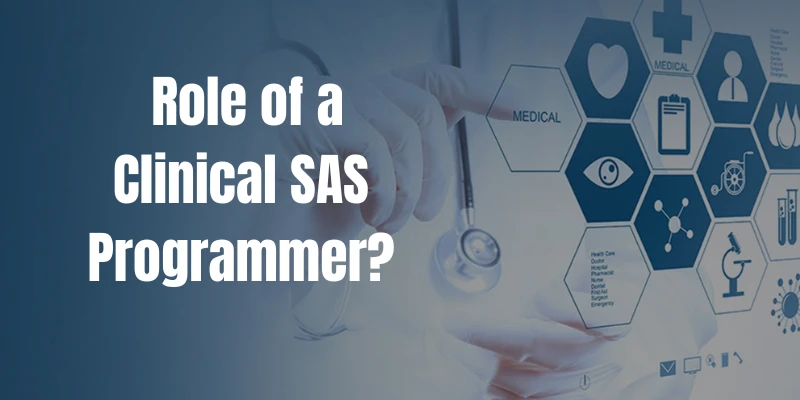In the world of clinical research, data is everything. From patient outcomes to drug efficacy and safety metrics, vast amounts of information are collected during trials. This data must be organized, validated, analyzed, and presented in a way that meets strict regulatory standards. Enter the Clinical SAS Programmer — the professional responsible for transforming raw clinical data into meaningful insights. Many professionals boost their skills by enrolling in Clinical SAS Training in Chennai. In this blog, we will discuss the what is the role of a clinical SAS programmer.
Core Responsibilities of a Clinical SAS Programmer
1. Data Cleaning and Validation
Raw clinical trial data often includes inconsistencies, missing values, or outliers. Clinical SAS Programmers are responsible for writing programs that identify and correct these issues. They ensure the integrity of the dataset before any statistical analysis is performed.
This process includes generating queries for data discrepancies and working with data management teams to resolve them. A clean dataset is essential for reliable results and regulatory submission.
2. Creating Analysis Datasets
Once the raw data has been cleaned, it must be formatted for statistical analysis. SAS Training in Chennai often emphasizes the creation of ADaM (Analysis Data Model) datasets, which are derived datasets tailored for analysis.
This step often involves transforming and merging multiple data sources — such as demographic information, lab results, and adverse events — to build structured datasets that statisticians can use directly.
3. Generating Tables, Listings, and Figures (TLFs)
Clinical trial results are summarized in TLFs, which are essential for both internal reporting and regulatory submissions. Clinical SAS Programmers develop code to produce these outputs in a consistent and reproducible manner.
Each output must follow specific formats and conventions dictated by study protocols. SQL Training in Chennai also highlights the importance of aligning with regulatory guidelines such as CDISC (Clinical Data Interchange Standards Consortium).
4. Support for Statistical Analysis
While statisticians design the analysis plans, it’s the SAS Programmers who bring them to life. They write and run code based on statistical methodologies, supporting hypothesis testing and other complex analyses.
This collaboration ensures accurate statistical results. Why Clinical Trials are Important becomes clear when these findings guide key decisions about a drug’s safety and effectiveness.
Tools and Technologies Used
The primary tool of the trade is SAS software — notably, Base SAS, SAS/STAT, and SAS/Macro. Depending on the organization, programmers may also use:
- CDISC standards (SDTM, ADaM)
- JMP and R for exploratory data analysis
- Git or other version control systems
- Validation tools to double-check outputs and ensure consistency
Familiarity with FDA or EMA submission guidelines is a must. Essential Skills of a Clinical SAS Programmer include understanding these requirements to support accurate and compliant submission packages.
Skills and Qualifications
A Clinical SAS Programmer typically holds a degree in a scientific, mathematical, or technical field. Key skills include:
- Proficiency in SAS programming
- Strong attention to detail
- Understanding of clinical trial processes and GCP (Good Clinical Practice)
- Knowledge of data standards like CDISC SDTM and ADaM
- Excellent problem-solving and communication skills
Experience in working within a regulated environment is highly valued, particularly for roles involving regulatory submissions.
Career Outlook and Opportunities
The demand for Clinical SAS Programmers continues to grow, driven by the increasing complexity of clinical trials and the emphasis on data-driven decision-making in healthcare. These professionals can work in pharmaceutical companies, contract research organizations (CROs), or consultancies.
Career growth in Clinical SAS includes senior roles and leadership. FITA Academy helps build practical skills to move into biostatistics, data management, or regulatory affairs confidently.
Clinical SAS Programmers play a behind-the-scenes but incredibly impactful role in clinical research. By changing raw data into actionable insights, they ensure that new therapies are backed by sound evidence and meet rigorous regulatory standards. Their work not only supports the scientific process but also contributes directly to patient safety and the future of medicine. As clinical trials continue to grow, the role of the Clinical SAS Programmer remains more relevant than ever.

